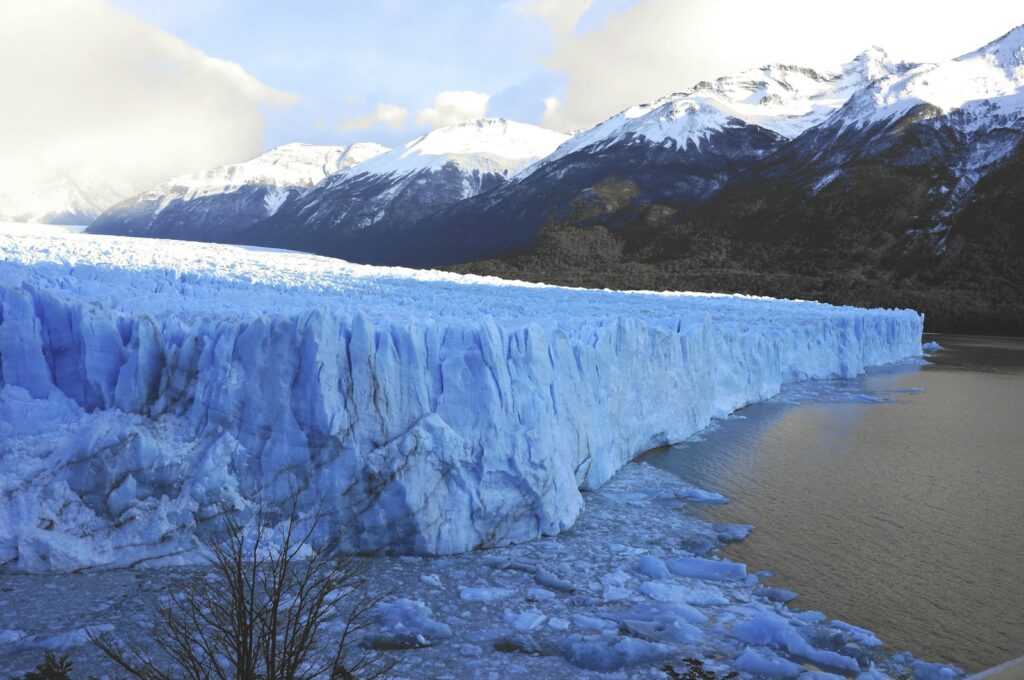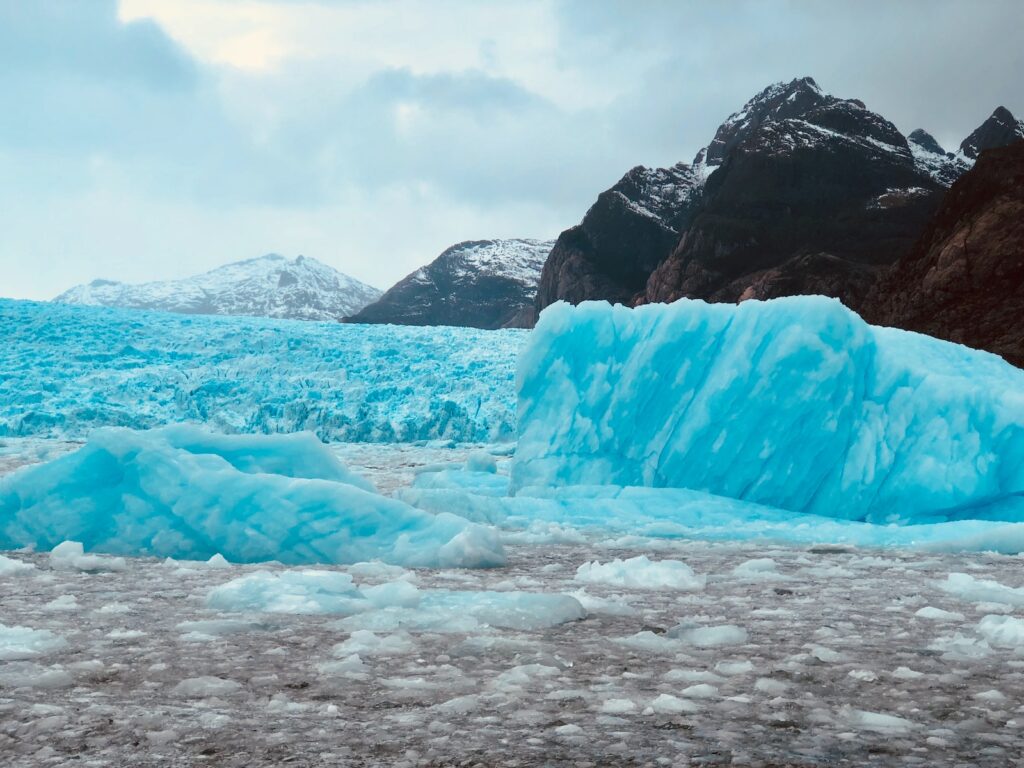West Antarctic Ice Sheet is Melting & It is Unstoppable
The West Antarctic ice sheet is one of the largest and most vulnerable parts of the Antarctic continent. It contains enough ice to raise global sea levels by more than 17 feet if it melted entirely. But how likely is that to happen, and what are the consequences for the planet?
In this article, we will explore the latest scientific findings on the West Antarctic ice shelf melt, why it is unavoidable in the coming decades, and what we can do to slow it down and adapt to its impacts.
What is the West Antarctic ice sheet and why is it melting?
The West Antarctic ice sheet is a massive layer of ice that covers most of the western part of Antarctica. It rests on a bedrock that lies below sea level, making it vulnerable to ocean warming and melting.
The ice sheet is divided into several glaciers that flow into the ocean. These glaciers are held back by ice shelves, which are floating extensions of the ice sheet that act like buttresses. The ice shelves prevent the glaciers from sliding faster into the sea and contribute to sea level rise.
However, as the climate warms due to human activities, the ocean currents that circulate around Antarctica also heat up. These warm waters erode the ice shelves from below, thinning them and reducing their ability to hold back the glaciers.
This process is called basal melting, and it is one of the main drivers of ice loss in West Antarctica. Basal melting has been accelerating in recent decades, especially in the Amundsen Sea region, where some of the largest and most unstable glaciers are located, such as Thwaites Glacier.
Thwaites Glacier alone has enough ice to raise sea levels by about 3 feet, and it is also considered a key factor for the stability of the rest of the West Antarctic ice sheet. If Thwaites Glacier collapses, it could trigger a domino effect that would cause the entire ice sheet to disintegrate.
Why is the West Antarctic ice shelf melt unavoidable?
A new study published in Nature Climate Change has found that basal melting of West Antarctic ice shelves will increase rapidly over this century, regardless of how much greenhouse gas emissions are reduced in the coming decades.
The study used a state-of-the-art ocean model to simulate how different levels of global warming would affect ocean warming and ice shelf melting in West Antarctica. The scenarios ranged from limiting global warming to 1.5 degrees Celsius above pre-industrial levels, which is the most ambitious target of the Paris Agreement, to allowing global warming to reach 4 degrees Celsius, which is a worst-case scenario.
The results showed that even if global warming is limited to 1.5 degrees Celsius, which would require drastic and immediate cuts in emissions, ocean warming around West Antarctica would still be three times faster than the historical rate. This would lead to substantial basal melting of ice shelves, especially in the Amundsen Sea region.
The study also found that ocean warming and basal melting would be even higher if global warming exceeds 1.5 degrees Celsius, which is more likely given the current trends of emissions and policies. For example, if global warming reaches 2 degrees Celsius, which is still within the range of the Paris Agreement goals, ocean warming around West Antarctica would be four times faster than the historical rate.
The study concluded that basal melting of West Antarctic ice shelves is largely unavoidable in this century, as it is driven by ocean changes that have already been set in motion by past and present emissions. This means that even if we take strong action to reduce emissions now, we may have lost control over the fate of the West Antarctic ice sheet over this century.

"In addition to reducing emissions, we also need to invest in adaptation and resilience measures to protect coastal communities from sea level rise."

What are the implications of the West Antarctic ice shelf melt for sea level rise and coastal communities?
The basal melting of West Antarctic ice shelves has serious implications for sea level rise and coastal communities around the world. As ice shelves thin and lose their buttressing effect, glaciers behind them will speed up their flow into the sea, releasing more ice into the ocean and raising sea levels.
According to a recent report by the Intergovernmental Panel on Climate Change (IPCC), global average sea level rise could range from 0.28m to 1.01m by 2100, depending on how much emissions are reduced. However, these estimates do not include some uncertain processes related to ice sheet dynamics, such as basal melting.
Therefore, it is possible that sea level rise could be higher than projected by the IPCC, especially if basal melting triggers a collapse of the West Antarctic ice sheet. Some studies have suggested that this could add several feet or even meters to sea level rise by 2100 or beyond.
Sea level rise poses a major threat to coastal communities around the world, as it increases the risk of flooding, erosion, saltwater intrusion, and displacement. Millions of people live in low-lying areas that are vulnerable to sea level rise, especially in small island states and densely populated deltas.
To cope with sea level rise, coastal communities will need to adapt by building defenses, relocating to higher ground, or restoring natural ecosystems that can buffer the impacts of flooding. However, adaptation will be costly and challenging, especially for the poorest and most marginalized groups.
What can we do to slow down the West Antarctic ice shelf melt and limit its impacts?
The West Antarctic ice shelf melt is largely unavoidable in this century, but that does not mean we should give up on reducing emissions and slowing down global warming. On the contrary, what we do now will have a significant impact on the rate and magnitude of sea level rise in the long term.
By cutting emissions and limiting global warming to 1.5 degrees Celsius or below, we can avoid some of the worst-case scenarios of ice sheet collapse and sea level rise. We can also buy more time for adaptation and reduce the risk of crossing tipping points that could trigger irreversible changes in the Antarctic system.
Moreover, reducing emissions will also have many other benefits for the climate and human well-being, such as avoiding extreme weather events, preserving biodiversity, improving air quality, and enhancing health and security.
In addition to reducing emissions, we also need to invest in adaptation and resilience measures to protect coastal communities from sea level rise. This will require cooperation and solidarity among countries, regions, and sectors, as well as support for the most vulnerable and affected populations.
We also need to improve our scientific understanding and monitoring of the Antarctic ice sheet and its interactions with the ocean and the atmosphere. This will help us to reduce uncertainties, refine projections, and inform decision-making.
The West Antarctic ice shelf melt is a serious challenge for humanity, but it is not a hopeless one. By taking action now, we can still shape our future and limit the impacts of sea level rise on our planet.
